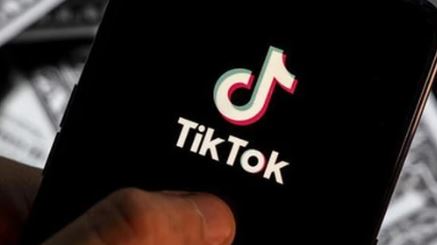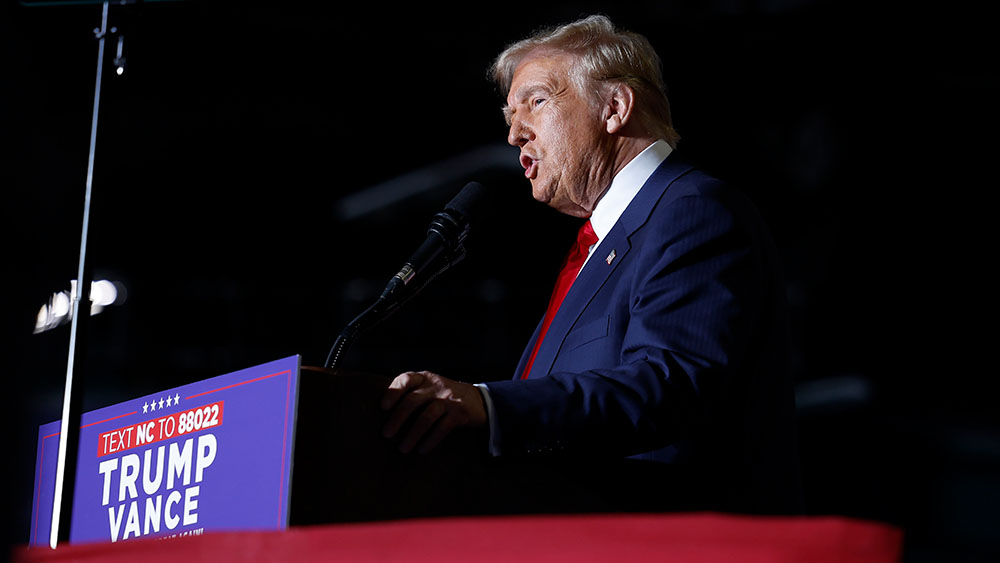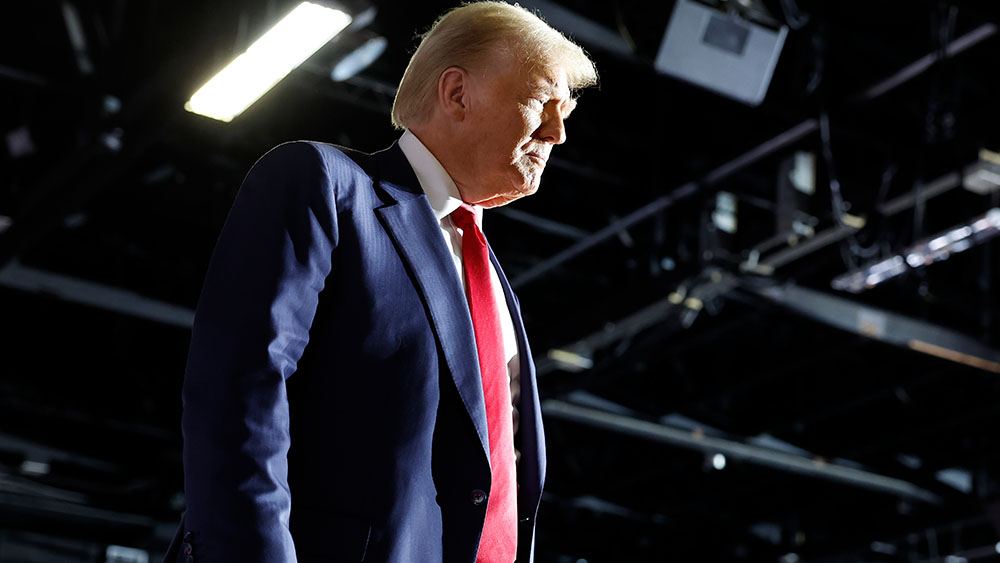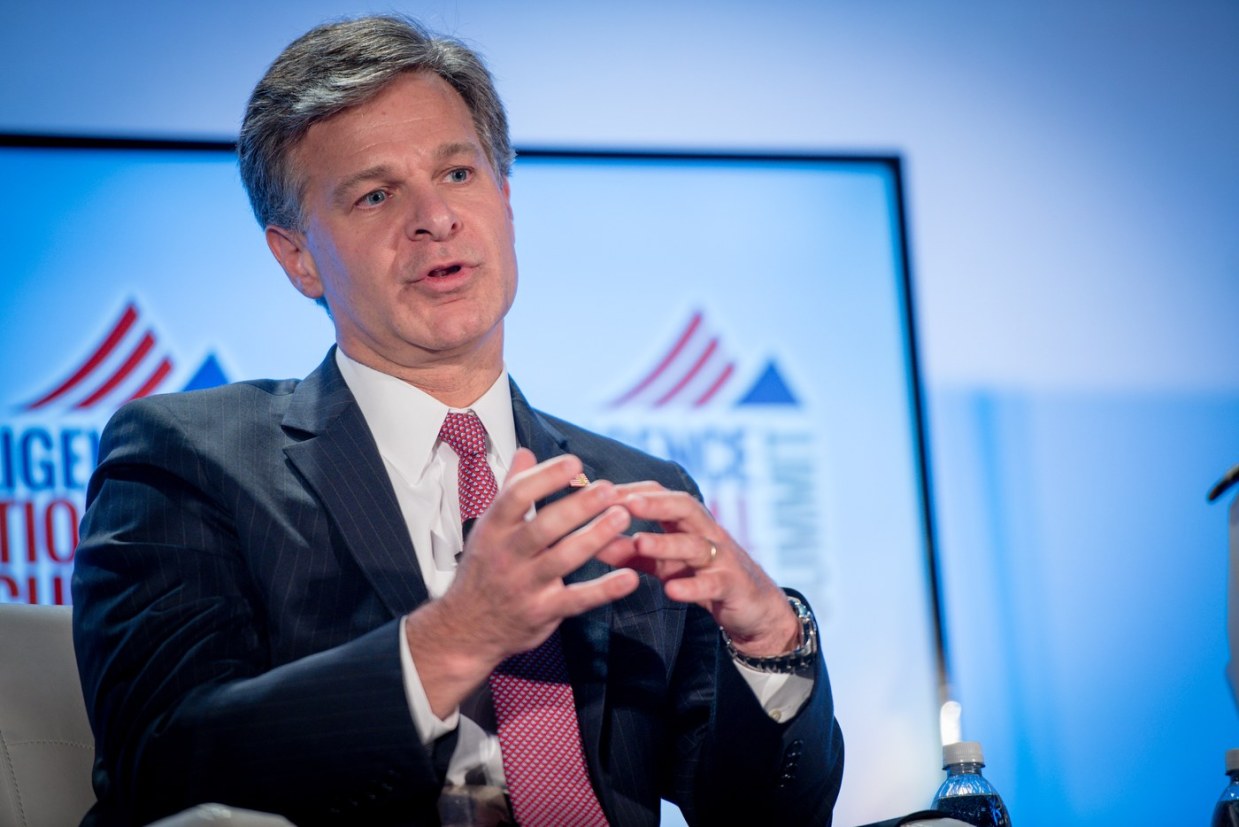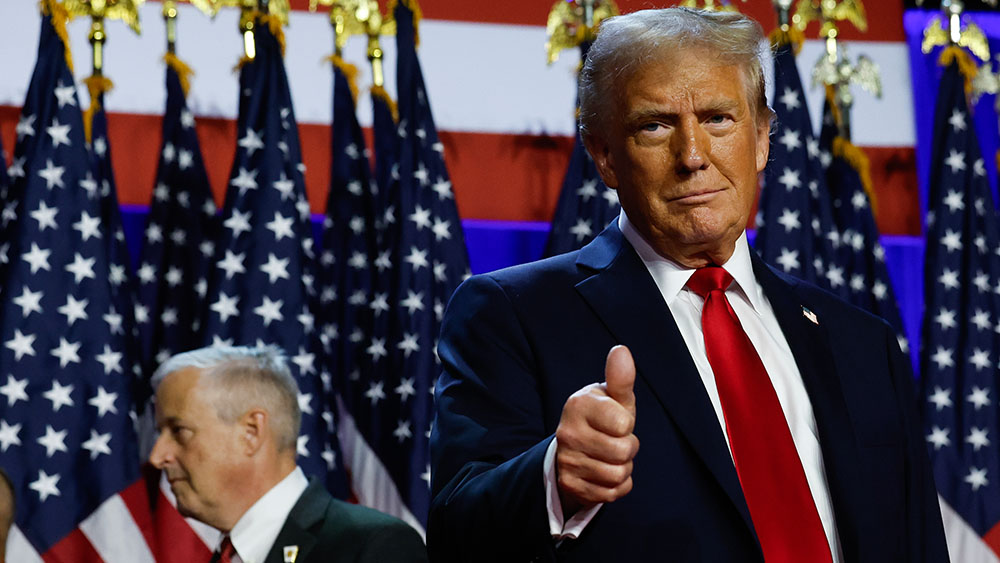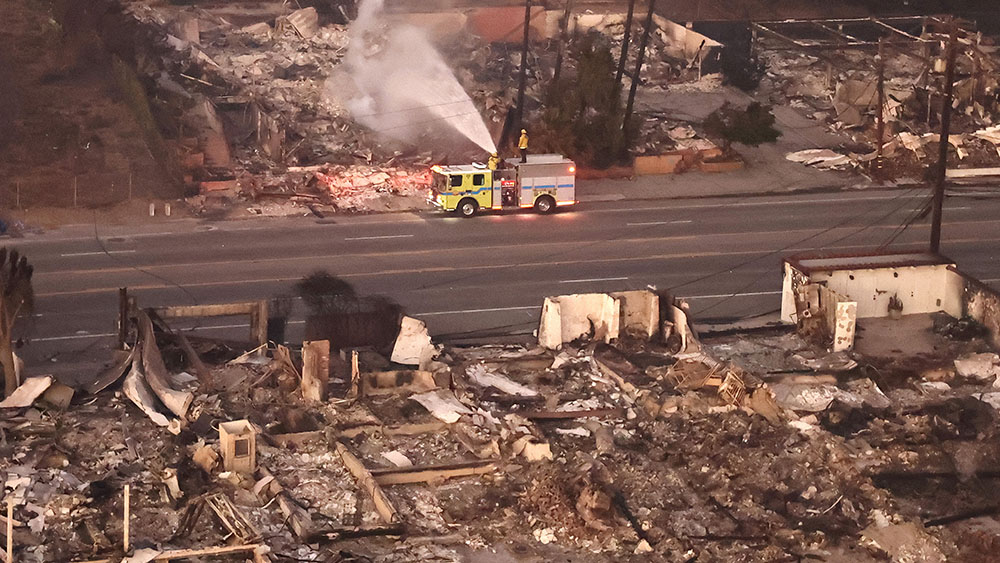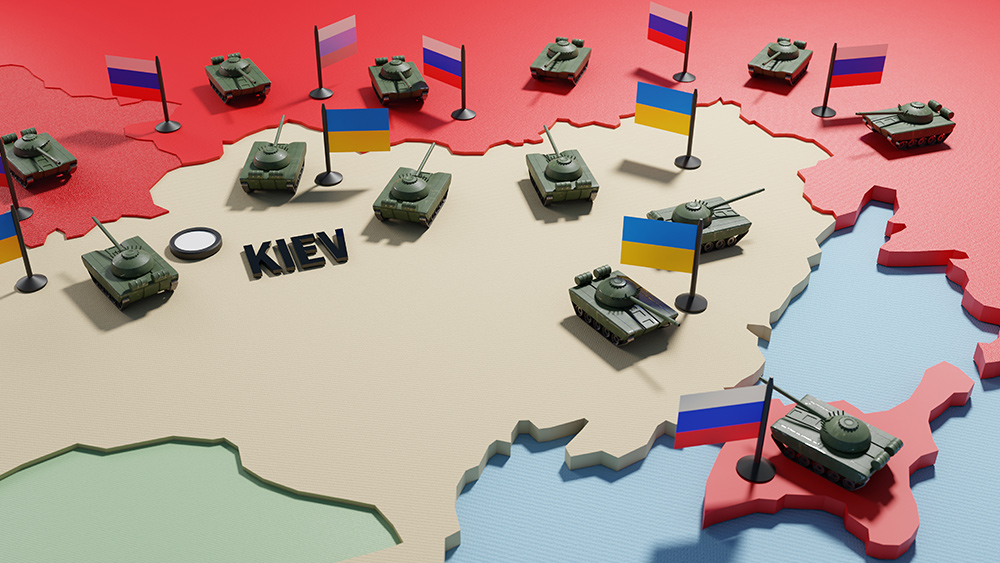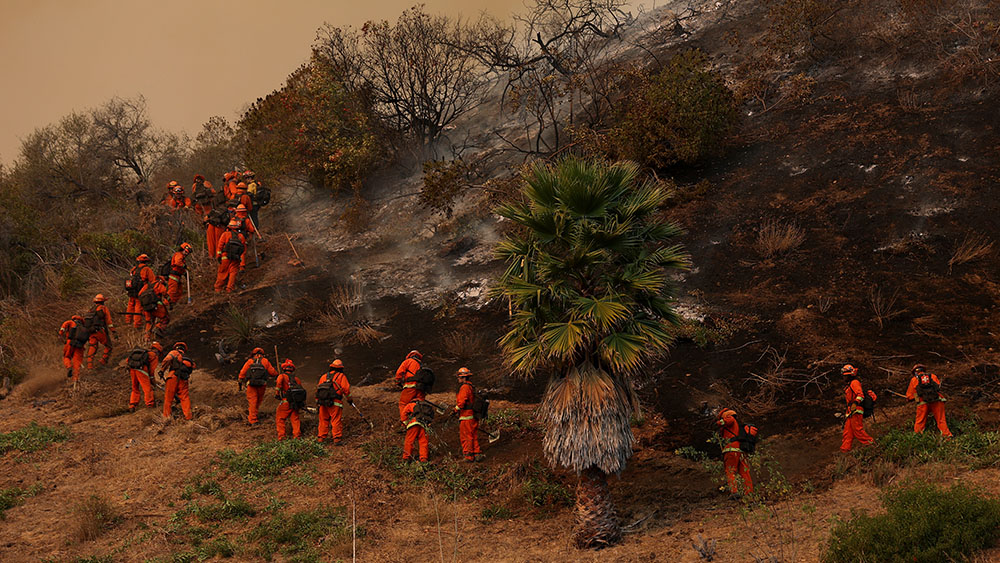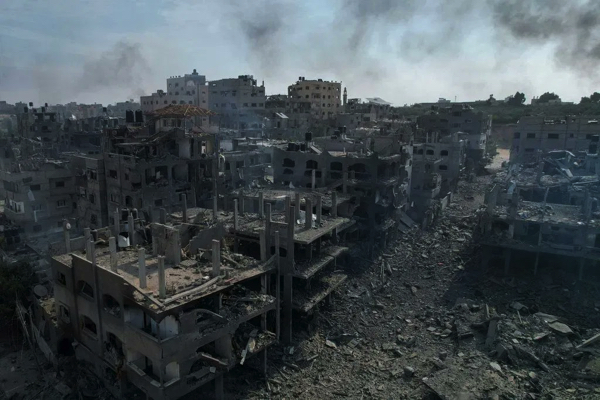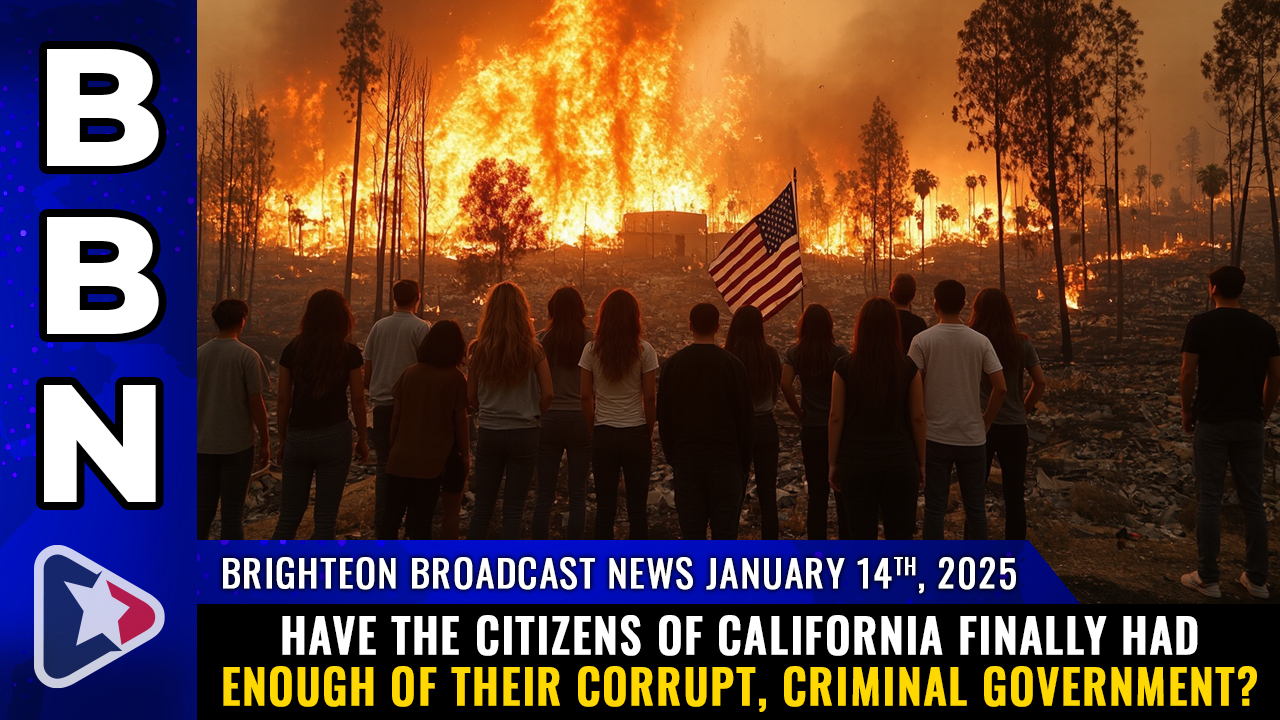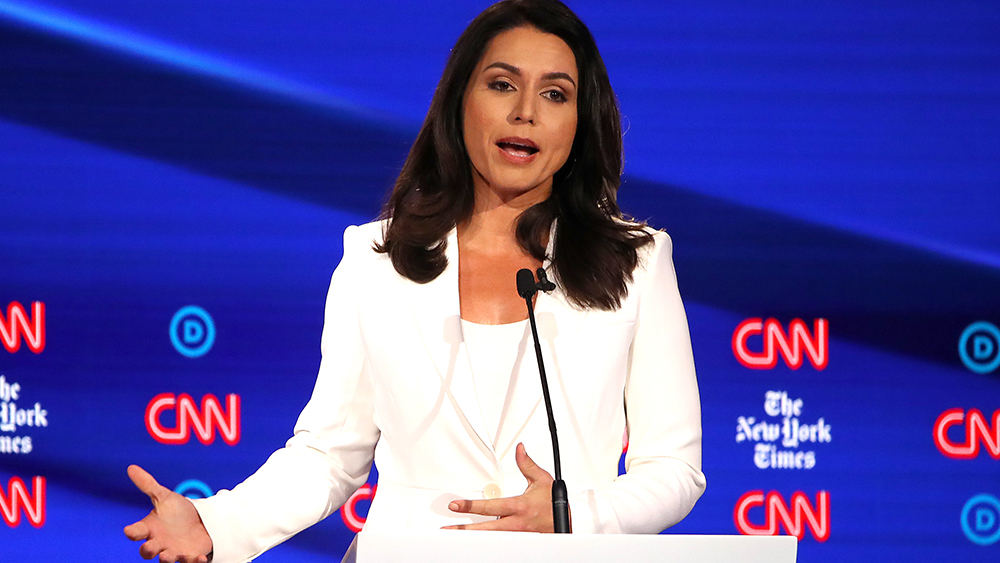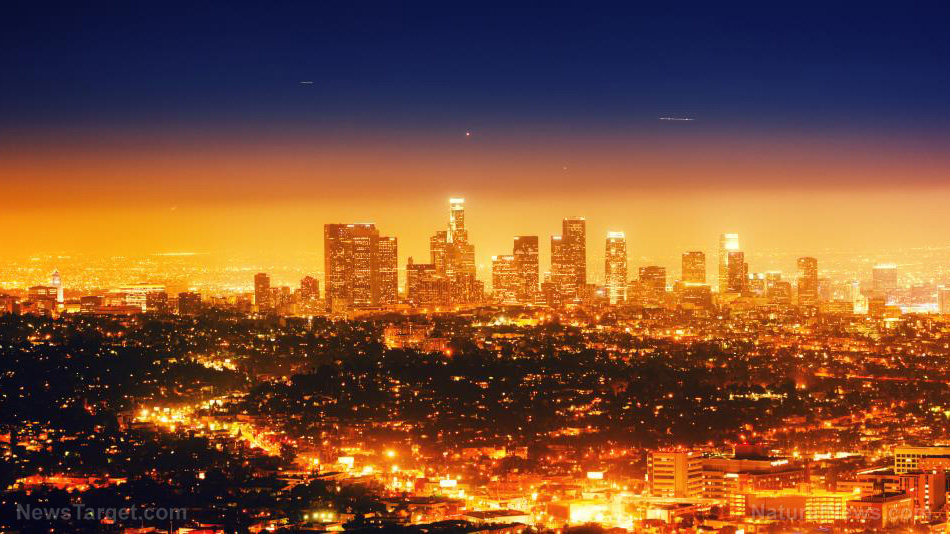Why is Ukraine trying to cut off Europe’s energy supply?
01/14/2025 / By Lance D Johnson
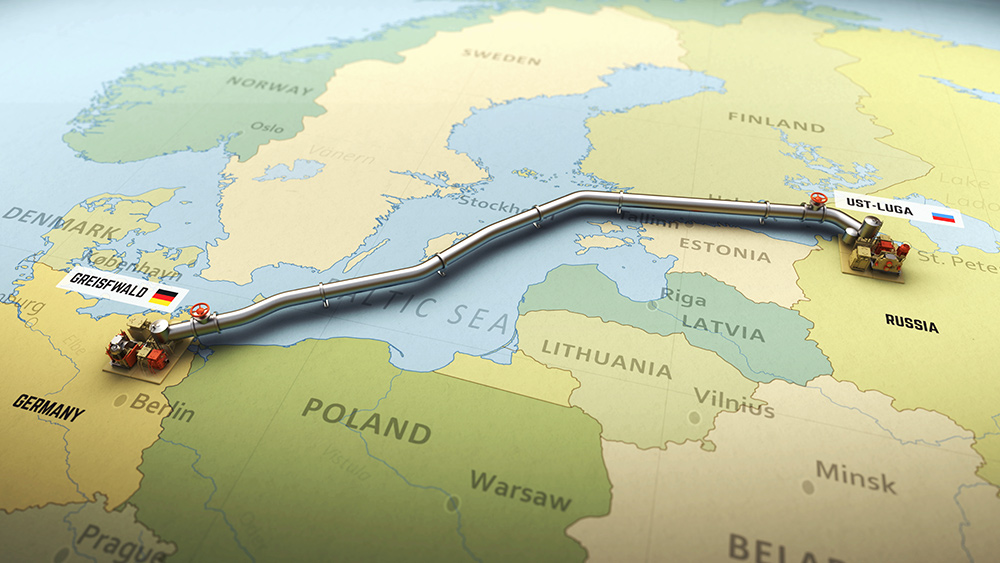
As Ukraine targets Russian energy infrastructure and halts gas transit to Europe, the EU must grapple with energy security concerns and shifting supply dynamics. But why is Ukraine trying to cut off Europe’s energy supply, and why isn’t Ukraine being criticized for these hawkish actions, as Russia tries to provide energy security to Europe?
- Ukrainian drone attack on TurkStream pipeline raises EU concerns over energy security.
- Ukraine’s refusal to renew gas transit deal with Russia marks the end of decades of Russian dominance in European energy markets.
- EU turns to liquefied natural gas and alternative suppliers, but reliance on Russian gas persists despite sanctions.
- Not all European nations want to have Ukraine dictating their energy supply.
Ukraine’s energy gambit: drone attacks and gas transit cuts reshape Europe’s energy landscape
In a dramatic escalation of tensions, Ukraine’s alleged drone attack on a critical Russian gas pipeline has sparked alarm across the European Union, raising questions about the stability of energy supplies to the bloc. The incident, which occurred over the weekend, saw nine kamikaze drones intercepted near the Russkaya gas compressor station in southern Russia, a key hub for the TurkStream pipeline. While the attack caused only minor damage and no disruption to gas flows, it underscores the fragility of Europe’s energy infrastructure amid the ongoing conflict between Russia and Ukraine.
The TurkStream pipeline, operational since 2010, transports 31.5 billion cubic meters of natural gas annually from Russia to Türkiye and onward to several EU member states, including Hungary, Serbia, and Bulgaria. The pipeline has become a lifeline for central and southeastern Europe, particularly after Ukraine halted the transit of Russian gas through its territory at the end of 2024.
The European Commission expressed concern over the reported attack, with spokesperson Anna-Kaisa Itkonen stating, “Obviously, any attack on energy infrastructure is something that is worrying.” The EU has been walking a tightrope since the start of the Ukraine conflict, striving to reduce its reliance on Russian energy while ensuring stable supplies for its member states.
Ukraine’s decision to end the transit agreement with Russia has further complicated the situation. The move, which Kyiv framed as a strategic blow to Moscow, has left countries like Slovakia and Austria scrambling to secure alternative supplies. Hungary, however, continues to receive Russian gas via TurkStream, highlighting the divergent energy strategies within the bloc.
“We expect everyone to respect the safety and operability of this transport route,” said Hungarian Foreign Minister Peter Szijjarto, emphasizing the pipeline’s importance to his country’s energy security.
The rise of liquefied natural gas and shifting supply chains in Europe
As pipeline gas from Russia dwindles, the EU has increasingly turned to liquefied natural gas (LNG) to meet its energy needs. In 2024, Russian LNG exports to the bloc reached a record 15.5 million tons, up from 10.5 million tons in 2020. This surge occurred despite the EU’s vocal commitment to reducing its dependence on Russian energy.
“Europe will still need gas as all its efforts to wean itself from Russian gas have not been successful,” said Tatiana Orlova, an economist at Oxford Economics. “It will probably end up buying more Russian LNG to make up for the drop in natural gas imports from Russia.”
The EU’s reliance on Russian LNG has drawn criticism, particularly as the bloc continues to impose sanctions on other Russian energy exports. In June 2024, Brussels banned re-exporting Russian LNG to third countries, but the measure included a nine-month transition period, allowing imports to continue in the short term.
The halt of Russian gas transit through Ukraine marks the end of an era in European energy markets. For decades, Russia dominated the continent’s gas supply, with pipelines like Nord Stream and TurkStream serving as critical arteries. However, the war in Ukraine and the sabotage of the Nord Stream pipelines in 2022 have irrevocably altered the energy landscape.
“We stopped the transit of Russian gas. This is a historic event. Russia is losing its markets, it will suffer financial losses,” said Ukrainian Energy Minister German Galushchenko.
While the EU has diversified its energy sources, turning to Norway, the United States, and Qatar for LNG, the transition has come at a cost. Higher energy prices have undermined the bloc’s competitiveness, and the loss of cheap Russian gas has left some regions, like Moldova’s breakaway Transdniestria, struggling to cope.
As Europe navigates this new energy reality, the stakes remain high. Ukraine’s actions, whether through drone attacks or transit cuts, have significant implications for the continent’s energy security. While the EU has made strides in reducing its reliance on Russian gas, the persistence of LNG imports and the vulnerability of critical infrastructure highlight the challenges ahead. For now, Europe’s energy future remains precarious, caught between the imperatives of geopolitics in the war between Ukraine and Russia, and the realities of supply and demand.
Sources include:
Submit a correction >>
Tagged Under:
Austria, chaos, Collapse, drone attacks, economic riot, energy exports, energy security, energysupply, EU, fuel supply, geopolitics, inflation, LNG, newenergyreport, Nord Stream, pipelines, rationing, Russia, Russian gas, sanctions, Slovakia, supply and demand, supply chains, totalitarianism, TurkStream, Ukraine, Ukraine control, WWIII
This article may contain statements that reflect the opinion of the author
RECENT NEWS & ARTICLES
COPYRIGHT © 2017 NATIONAL SECURITY NEWS



